Occupation Actress Years active 1915–1948 | Name Betty Compson Role Actress | |
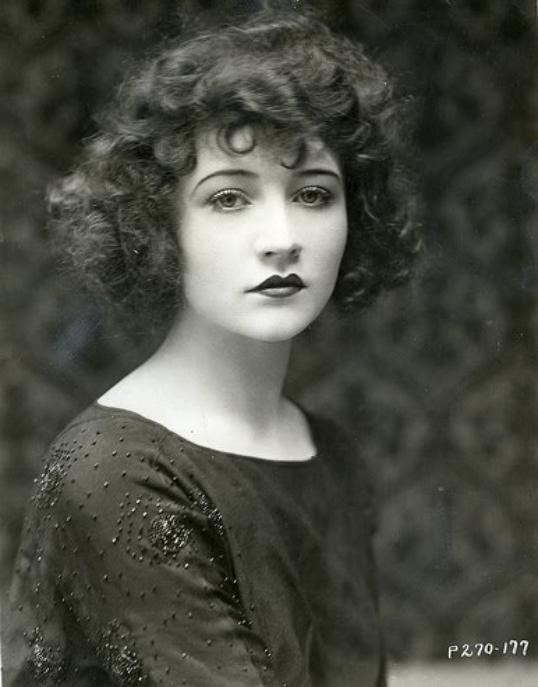 | ||
Full Name Betty Luicime Compson Movies The Docks of New York, The Great Gabbo, The White Shadow, The Barker, The Miracle Man Similar People James Cruze, Graham Cutts, William C deMille, Josef von Sternberg, Erich von Stroheim | ||
Tribute to the beautiful betty compson
Betty Compson (March 19, 1897 – April 18, 1974) was an American actress and film producer. Most famous in silent films and early talkies, she is best known in her performances in The Docks of New York and The Barker, the latter earning a nomination for the Academy Award for Best Actress.
Contents
- Tribute to the beautiful betty compson
- Movie legends betty compson
- Early life and career
- Later career
- Personal life
- Death
- Hollywood Walk of Fame
- Filmography
- References
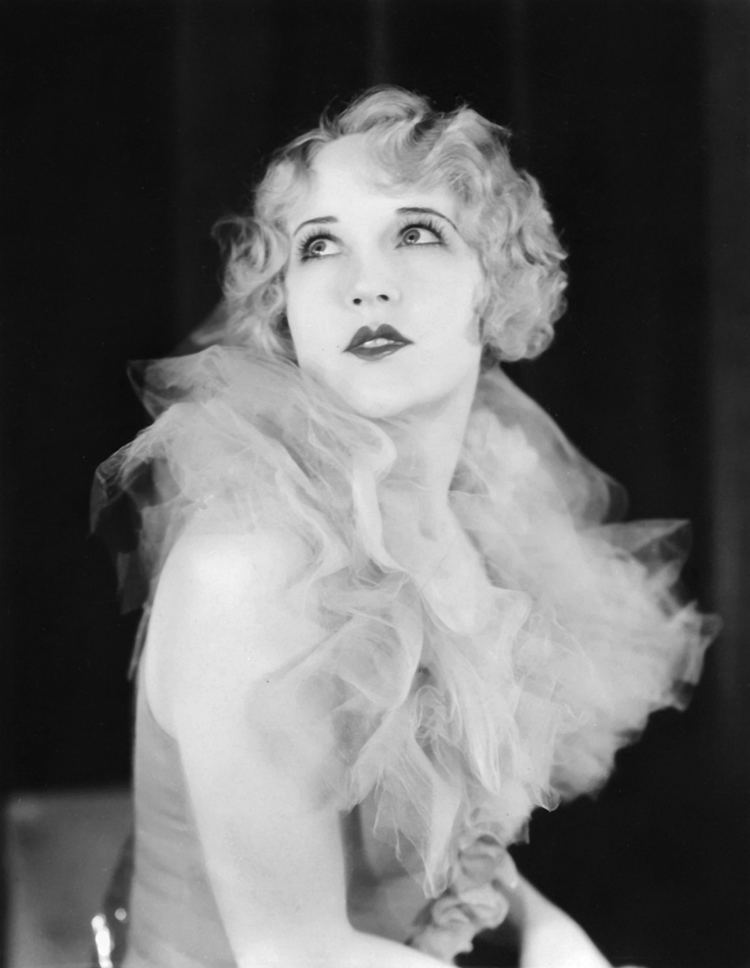
Movie legends betty compson
Early life and career
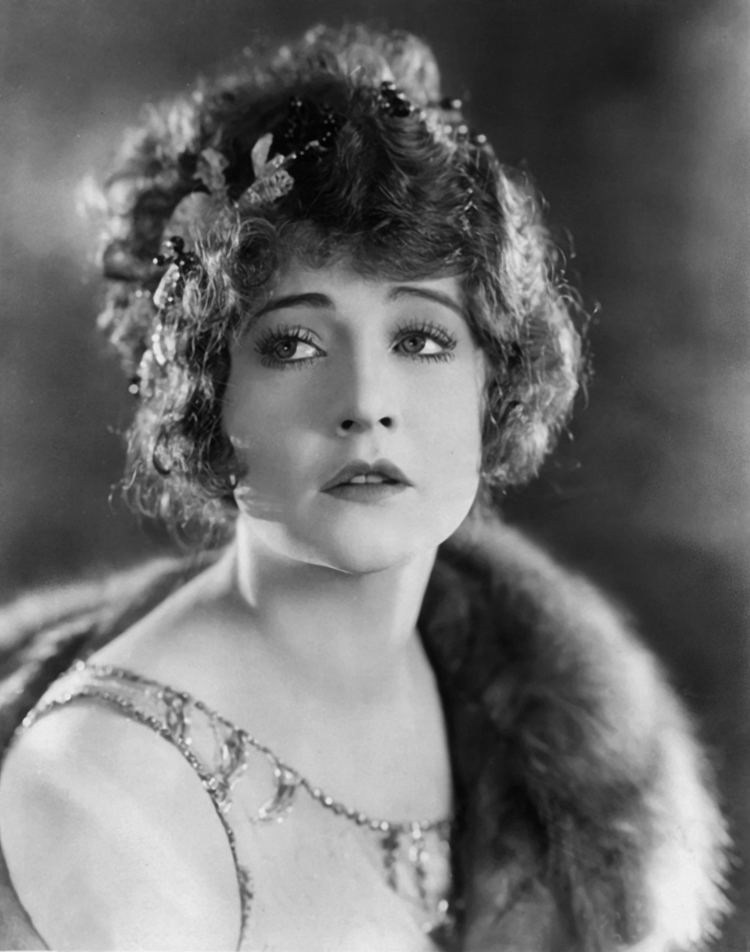
Eleanor Luicime Compson was born on March 19, 1897 in Beaver, Utah. Her father died when she was young and she had to obtain employment as a violinist when 16 years old at a theater in Salt Lake City, Utah. Playing in vaudeville sketches with touring circuits, she got noticed by Hollywood producers. While touring, she was discovered by comedic producer Al Christie. Her first silent film was in November 1915. She made 41 films in 1916 alone, although all of them were shorts for Christie with the exception of one feature Almost a Widow. She continued this pace of making numerous short films well into the middle of 1918 when after a long apprenticeship with Christie she started making features exclusively. Compson's star began to rise with the release of the 1919 feature The Miracle Man (1919) for George Loane Tucker. Paramount signed Compson to a five-year contract with help of director Tucker.
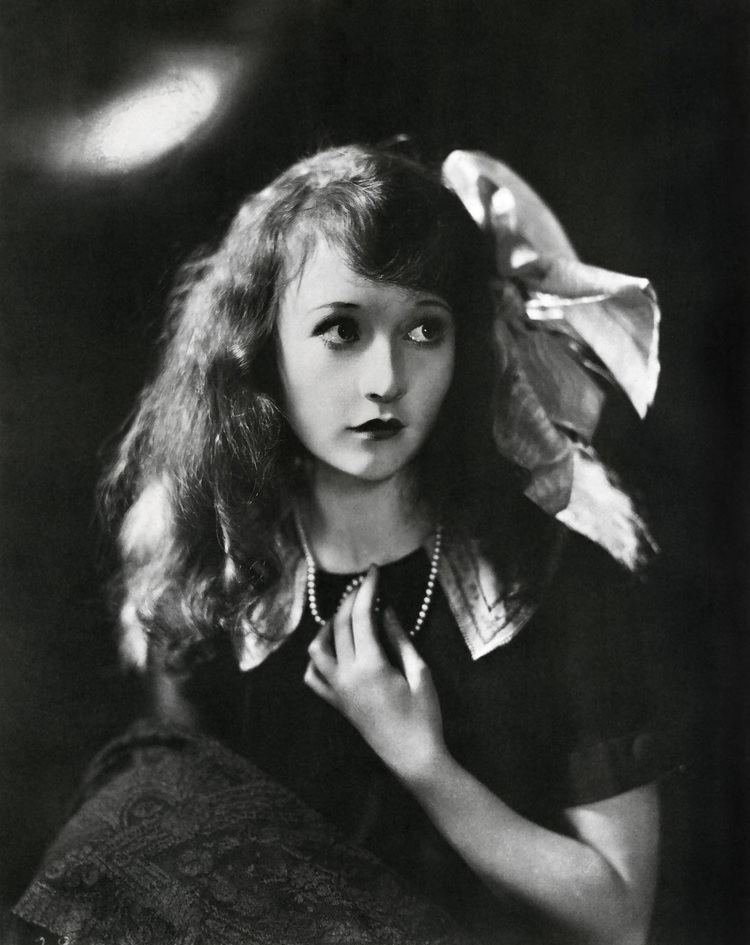
Her popularity allowed her to have creative control over her films as she was also able to produce. Her first movie as producer was Prisoners of Love (1921). She played the role of Blanche Davis, a girl born to wealth and cursed by her inheritance of physical beauty. Compson selected Art Rosson to direct the feature. The story was chosen from a work by Catherine Henry. After completing The Woman With Four Faces (1923), Paramount refused to offer her a raise (her salary was $2,500 a week) and she refused to sign without one. Instead, she signed with a motion picture company in London, England. There she starred in a series of four films directed by Graham Cutts, a well-known English filmmaker. The first of these was a movie version of an English play called Woman to Woman (1923), the screenplay for which was co-written by Cutts and Alfred Hitchcock. Part of The White Shadow, another Cutts/Hitchcock collaboration has been found and preserved from a collection in New Zealand.
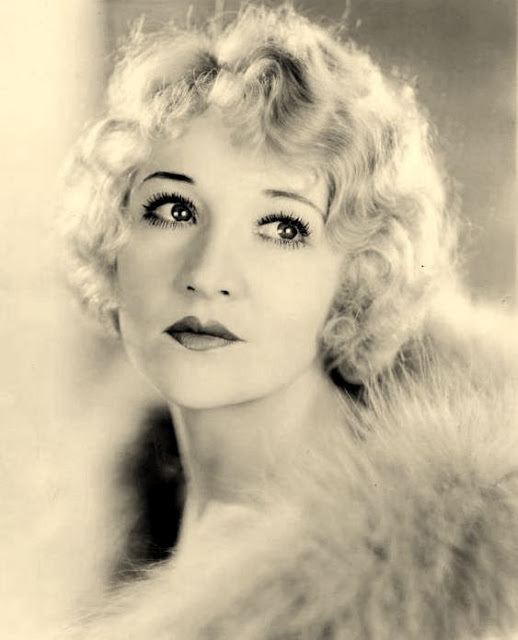
Woman to Woman was released in the United States and proved to be popular enough for Jesse Lasky to ask her to return to Paramount. After returning, she starred in The Enemy Sex, directed by James Cruze. The two were soon married. Her contract with Paramount was not renewed in 1925 and she decided to freelance, working with lower budget studios such as Columbia Pictures in The Belle of Broadway (1926) and Chadwick in The Ladybird (1926). During this time, she was suggested as a replacement for difficult Greta Garbo in the MGM feature Flesh and the Devil opposite John Gilbert. She was eventually able to work for the studio with former The Miracle Man co-star Lon Chaney in The Big City
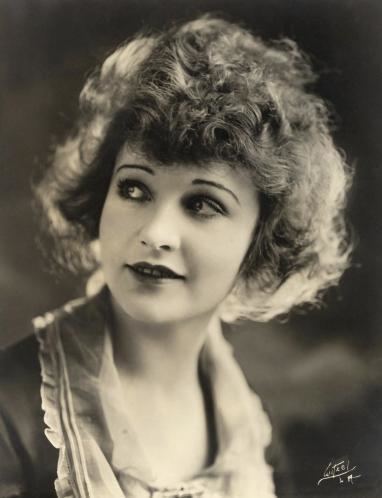
In 1928, she appeared in a First National Pictures part-talkie, The Barker. Her performance as manipulative carnival girl Carrie garnered her a nomination for Academy Award for Best Actress, although she lost to Mary Pickford in Coquette. In "Court-Martial", a 1928 silent film that apparently has not survived, she became the first actress to portray Old West outlaw Belle Starr on film. In the same year, she appeared in the highly acclaimed Josef von Sternberg film The Docks of New York as a suicidal prostitute rescued by George Bancroft. These films caused Compson's popularity to re-emerge and she became one of the busiest actresses in the new talking cinema. In fact, Chaney offered her the female lead in his first talkie The Unholy Three, but she was too busy and instead suggested friend Lila Lee. Unlike a number of other female stars of silent film, it was felt that her voice recorded exceptionally well. Although she was not a singer, she appeared in a number of early musicals, in which her singing voice was dubbed.
Later career

Now divorced from Cruze, Compson's career continued to flourish, starring in nine films in 1930 alone. However, her last hit proved to be in The Spoilers, alongside Gary Cooper. She was unable to score a success and was only able to secure roles in "poverty row" studios.
One major film in which she did not appear was Gone With the Wind; although she shot a Technicolor screen test for the role of Belle Watling, she was not cast in the role. In 1941, Compson appeared in a small role in an Alfred Hitchcock film Mr. & Mrs. Smith. Most of her later films were low-budget, even exploitation, efforts. Compson's last film was Here Comes Trouble (1948).
Personal life
During the filming of Ladies Must Live, Compson began a relationship with married director George Loane Tucker. However, he was dying and as a favor to her, negotiated a contract with Paramount for her.
In 1924, Compson married film director James Cruze, who directed her in films such as The Enemy Sex and The Great Gabbo. They divorced in 1930. The reason for the divorce was that Cruze had an addiction to alcohol and work, which put a strain on their marriage and his health. Soon after their divorce, Cruze filed for bankruptcy, and Compson was forced to sell her possessions to pay past years' income taxes.
Compson later married and divorced agent-producer Irving Weinberg and Silvius Jack Gall, who died in 1962. All unions were childless.
After retiring from the screen in 1948, she began a cosmetic line and helped her husband run a business called "Ashtrays Unlimited".
Death
Compson died April 18, 1974, of a heart attack, at her home in Glendale, California, aged 77. She was interred in San Fernando Mission Cemetery in San Fernando, California. She left no surviving relatives.
Hollywood Walk of Fame
For her contributions to the motion picture industry, Compson has a star on the Hollywood Walk of Fame at 1751 Vine Street.
Filmography
For main film selections see Betty Compson filmography
